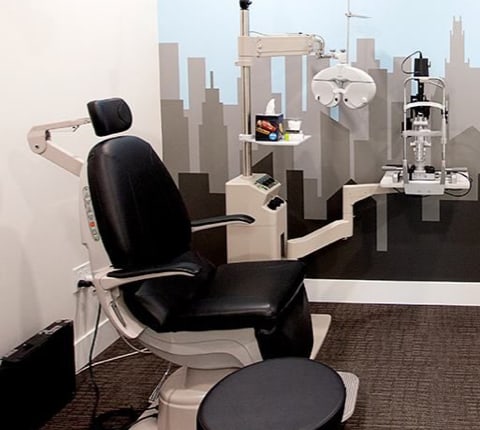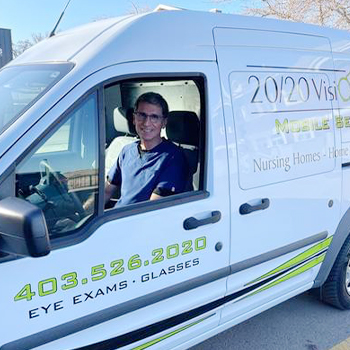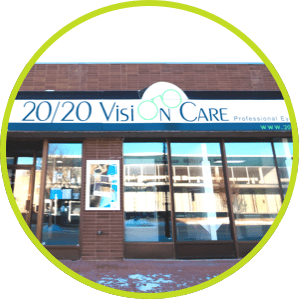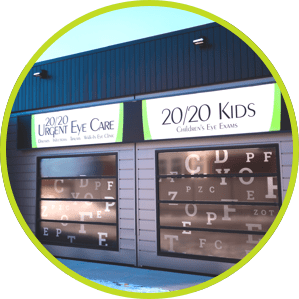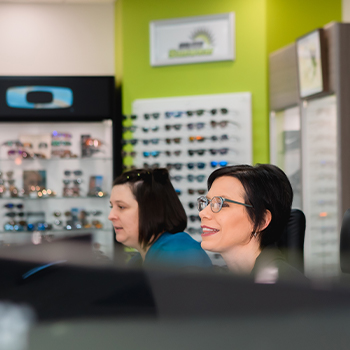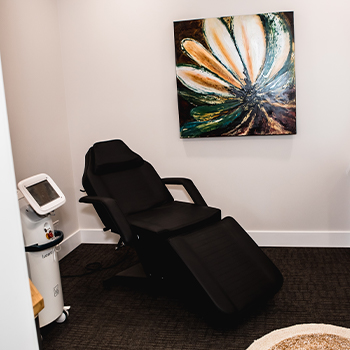40 years ago, the word cataract instilled a lot more fear than it does now. This all changed because of advancements in surgical procedures; in 40 years, we have gone from traumatic eye surgeries with uncertain results to simple 20-minute inpatient surgeries with few complications. Today, cataract surgery is the most common inpatient surgery worldwide.
A cataract develops in the natural lens of our eye that is located directly behind the coloured part of our eye (iris). Normally, this lens is clear like a window, but over time this lens can begin to become more yellow and cloudy. If this happens, we call it a cataract.
There are varying degrees of severity and types of cataracts, but not all cataracts need to be removed. Certain types of cataracts progress quickly over a period of months and are often removed quickly in order to restore clear vision. Other types of cataracts are so slowly progressing that it may take decades before they start to cause blur and may not ever need to be removed.
Who is at risk?
Cataracts are most often seen in people over the age of 60. They are so common that everyone gets some degree of cataract formation if they live long enough.
Aside from increasing age, certain conditions increase the likelihood of cataract formation. Diabetes, for instance, can cause cataracts at an earlier age. Long-term steroid use can also cause early cataracts. Myotonic dystrophy, atopic dermatitis and eye injuries are also on the list of conditions that can cause early cataracts. In addition, studies have shown that increased UV exposure can increase the risk for cataract formation.
What are the symptoms of cataracts?
Symptoms of cataracts include: blurred vision, halos and glare. Cataracts develop without pain or redness. They can also cause small shifts in glasses prescriptions.
What can be done?
If cataracts begin to affect the quality of one’s vision, cataract surgery is how cataracts are treated.
As mentioned earlier, however, not all cataracts need to be removed.
The decision about getting cataract surgery is completely between yourself and your eye doctor. For instance, if your eye care provider tells you that your cataracts are becoming increasingly cloudy, but you are content with your vision, surgery will not be performed. By the same token, if your eye care provider does not see dense cataracts, but your cataracts are making your ability to do everyday tasks difficult, surgery is considered.
What is a secondary cataract?
Sometimes after cataracts are removed, a secondary cataract can develop. This cataract type is much different because it is cloudy to the bag or capsule that the new artificial lens sits in. If a secondary cataract forms, it is easily removed with a laser.
Prevention
Because exposure to UV light can increase the chances of cataracts, a good pair of sunglasses can help to prolong cataract formation. Of course wearing sunglasses will not guarantee having any cataracts in your lifetime, but it may prolong their emergence. If you are experiencing any cloudiness or blurring to your vision, call us right away to determine if cataracts or other causes might hinder your vision and get you the help that you need.













